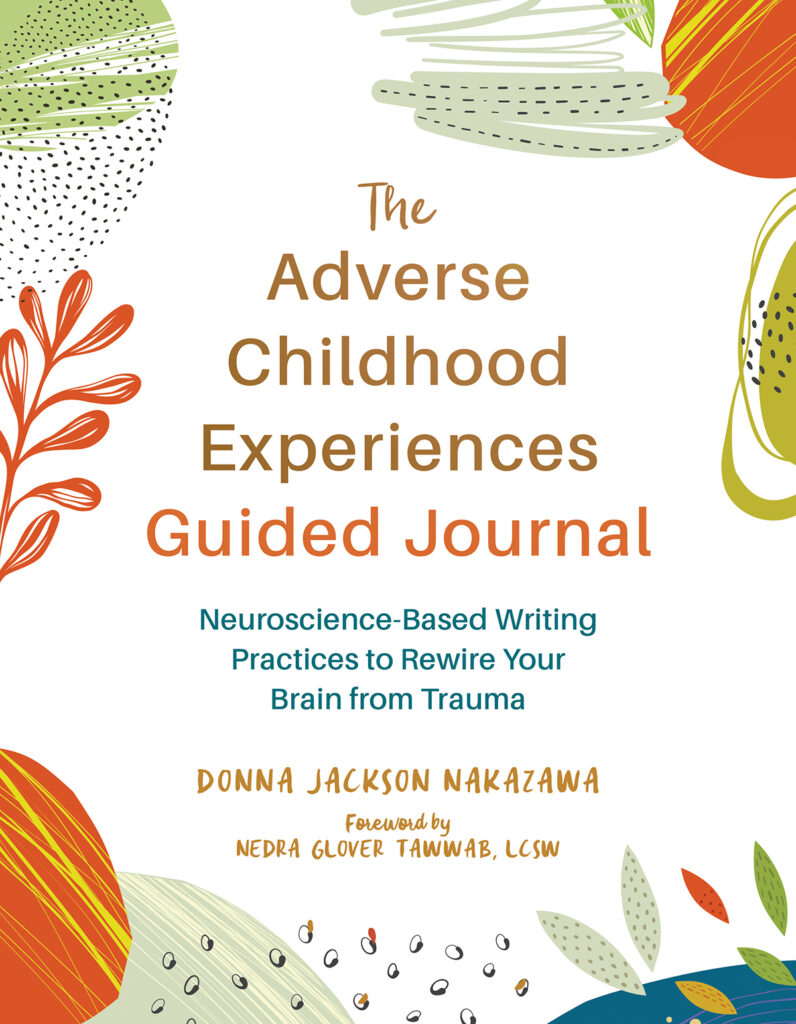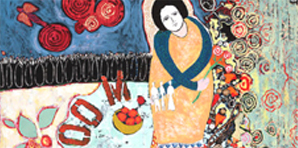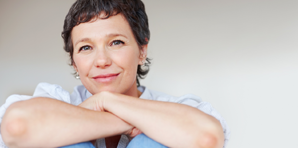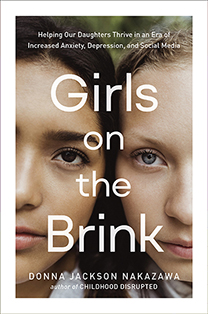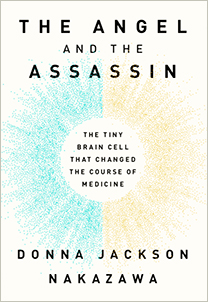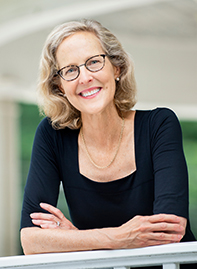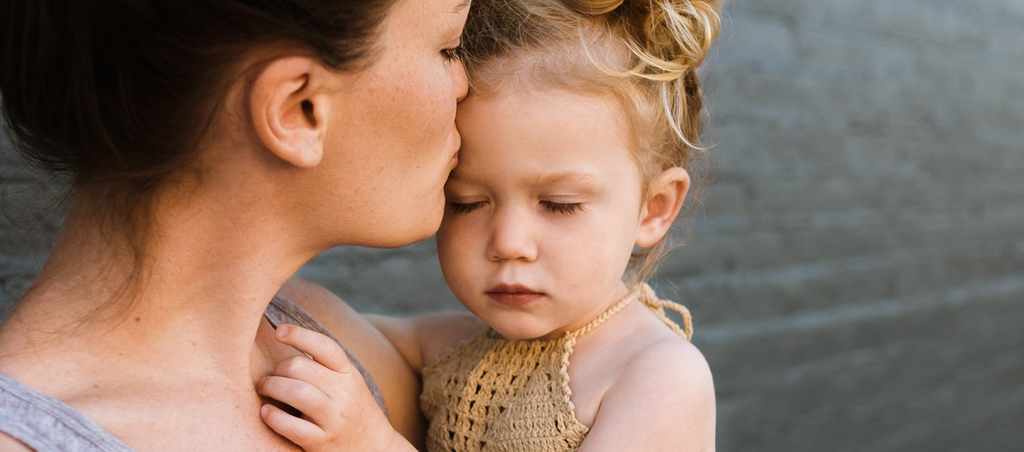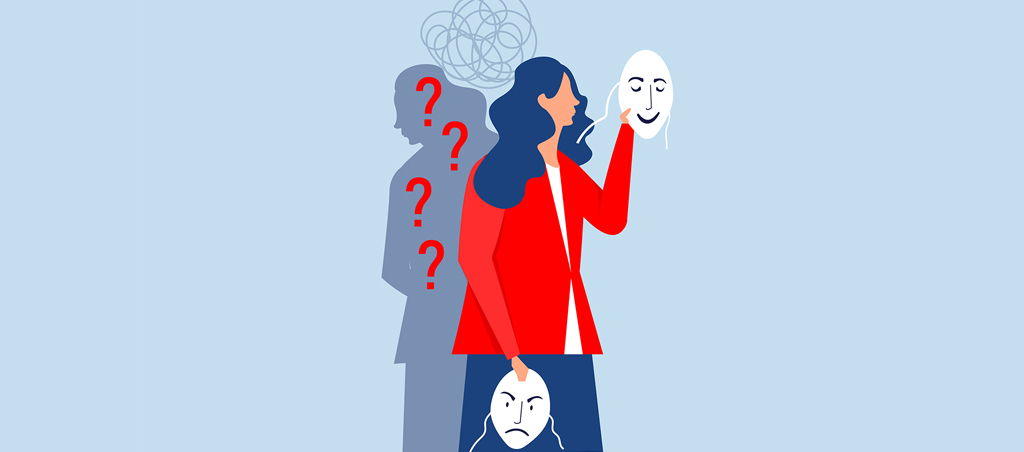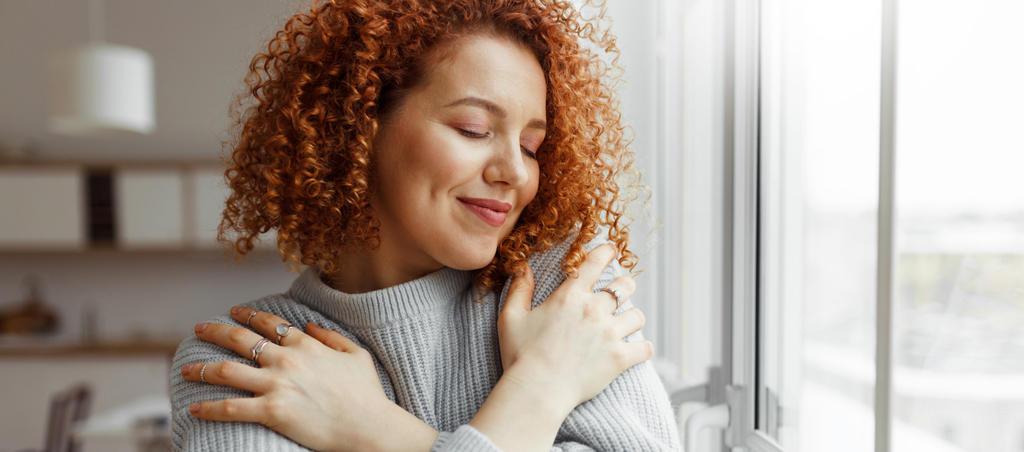
What do I mean when I use the word, “cure?” I struggled with that, to be honest, as I set out to research and write The Last Best Cure.
My friend, who I’ll call J, challenged me on that. J. is a breast cancer survivor, who has faced a tough road. “I question whether cure’ is the right word,” she said. “I worry that this just heaps more on women’s shoulders – making us responsible for one more thing,” She paused. “That you’re saying that we’re responsible for curing ourselves. That in addition to taking care of everyone else and taking care of ourselves, we have to figure out ways to change our mindset, feel joy, and activate a more healing brain no matter how bad we feel or how sick we are. What if our brain can’t heal us? Is it our fault if we don’t get well?”
Hardly. The science presented in this book is provocative – and powerful. So powerful it might be tempting for some to use this information in the wrong way, blaming those who are ill for being sick in the first place – and for remaining ill if they can’t “heal themselves.”
So let me be clear. When I say “last best cure” I do not mean that as a stand in for “heal thyself.” The brain-body connection is only one of many factors affecting our health outcome. Every woman faces her own unique genetic predispositions, family history, and environmental influences. Pursuing the new science of joy is merely one more tool in our healing arsenal.
Nowhere in this discussion is there room to imply that those of us who are chronically ill caused our own illness, or that we’re at fault if, despite all the brain-body methods we employ, illness, pain and suffering do not improve. For some women, practicing approaches that help shift their mindset toward more joy may help to bring them closer to physical well-being. For others, practicing these approaches may simply provide freedom from the mental suffering that so often accompanies chronic conditions, offering them a newfound state of well-being that enhances their quality of life — regardless of whether their physical condition improves.
Ask anyone of us who faces a chronic condition, be it physical or emotional: to intervene in the mind’s orchestration of suffering – especially when anxieties rage — is no small gift.
Let me tell you exactly what I think of when I think of the word “cure.” I think we think of being “cured” as being free of symptoms, free of illness — when we need to be thinking in terms of healing. Being “cured” and feeling better often overlap; they are not the same thing. Our health is affected by a range of emotional components that impact us at a cellular level in ways we still don’t completely understand. But we do know the impact is real. We know that efforts to shift our state of mind from pain and fear to joy and well-being don’t merely make us feel better, they induce and maximize the healing responses in the brain in ways that affect our biology in lasting ways.
“Chronic” conditions may not be “cured.” But we can change the quality of our moments and our days.
Meditation, yoga, and acupuncture help chronic conditions even if we are still working on the why. Sometimes those efforts will result in an improvement in our physical state and sometimes they won’t but in all cases we will experience a sense of greater joy.
And more joy is joyful. And joyful feels good. Even, well, healing. And that is what I mean by The Last Best Cure.
